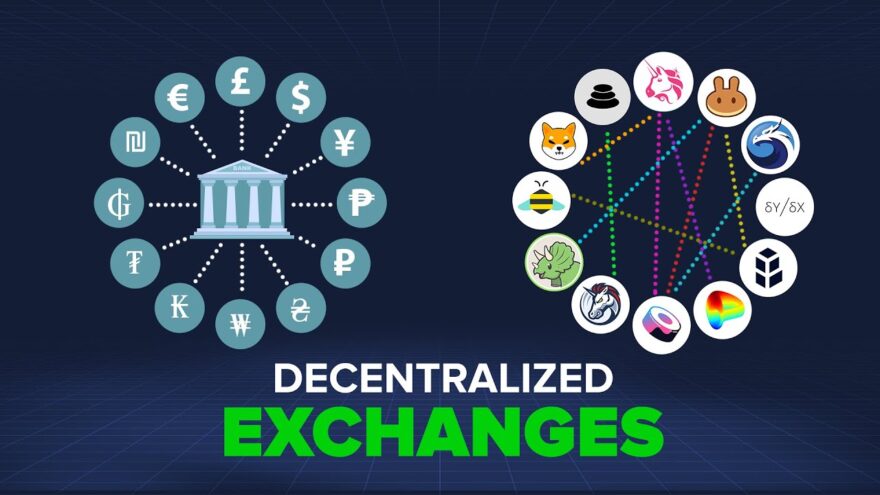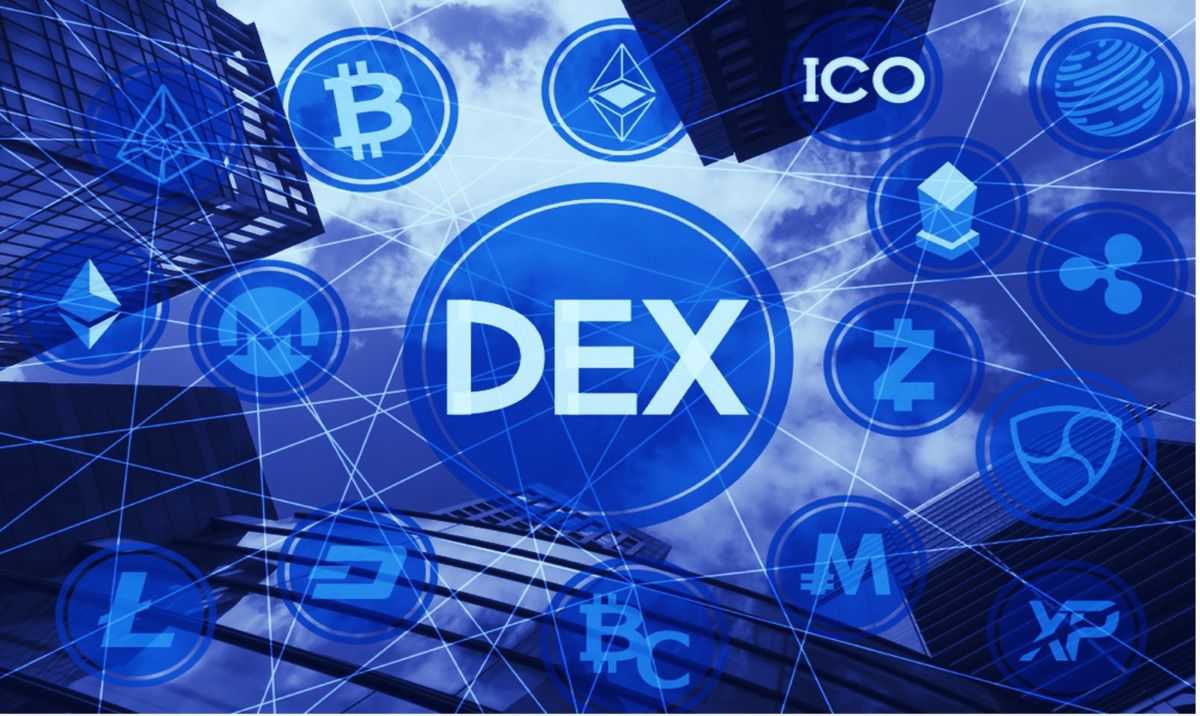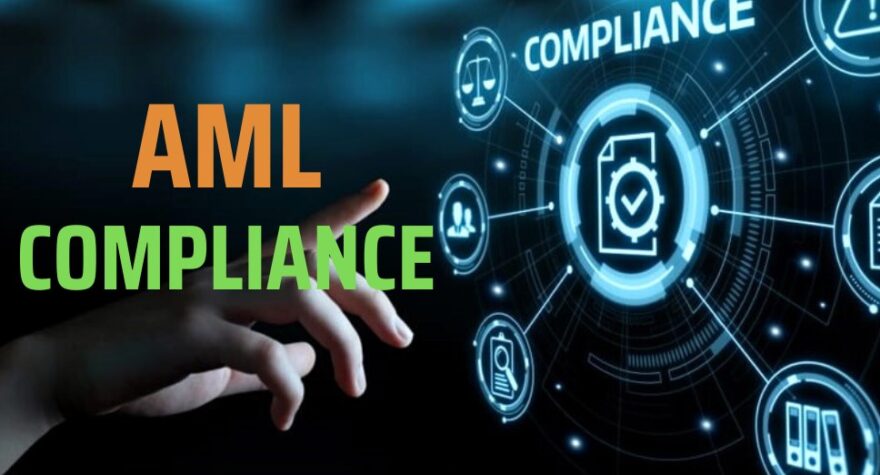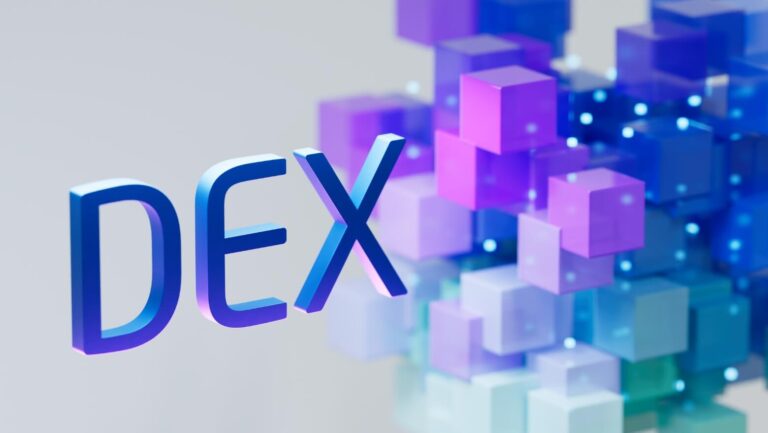In the developing realm of blockchain and cryptocurrency reshaping the very landscape of digital asset exchanges – the decentralized exchange. At the same time, dependence on traditional intermediaries is reduced.
In this guide, we’ll get a closer look at all the features and nuances of setting up a DEX. With an intensified focus on meticulous alignment with Anti-Money Laundering (AML) initiative and the skillful navigation of the intricate labyrinth of licensing procedures, we venture deep into the core essence of DEX operations.
Traversing Uncharted Territory: The Realm of Decentralized Exchanges

The creation of decentralized exchanges changed the trading and managing of digital assets. DEXs represent a really new and innovative concept. This detailed guide covers all aspects connected to setting up a DEX. Beyond the surface-level concepts, it deeps into the details of establishing digital asset exchanges including correspondence with Anti-Money Laundering (AML) politics. This is very important, because the decentralized nature of DEXs can prevent potential illegal financial activities. By actively solving AML concerns, DEXs can get a status of responsible and trustworthy platforms within the global financial ecosystem.
Navigating the licensing procedures is another important aspect described in this guide. With regulations varying significantly across jurisdictions, understanding and adhering to the legal frameworks is paramount. The right balance between the decentralized essence of DEXs and complying with local regulations is a challenge that requires careful consideration and expert vision. A mistake made in this direction can have consequences that can only be corrected in the long term.
As we deep into the essence of DEX operations, it becomes evident that user experience remains a cornerstone beyond technology and legality. We talk about the importance of intuitive user interfaces, reliable security protocols and innovative mechanisms for trading. While DEXs offer a high level of control, they have to ensure a secure environment that increases user confidence.
The Heartbeat of a DEX: Deciphering Decentralization
Picture a decentralized exchange as a digital realm bursting with untapped possibilities, where transactions unfurl effortlessly between users, rendering intermediaries unnecessary in the orchestration of financial operations. At its very core, a it functions within the intricate web of smart contracts – meticulously crafted, self-executing codes that ingeniously oversee and streamline transactions with seamless accuracy. This not only ensures the smoothness of transactions but also solves the security problems connected with centralized mechanisms.
In the essence of this innovative development, users get their financial independence with unprecedented control. Smart contracts are engaged in peer-to-peer trading transactions making them transparent, efficient and free of intermediaries. Users can make quick decisions, benefit from market changes and maintain full control over their assets throughout the trading process.
Decentralized infrastructure can eliminate points of failure. Unlike traditional exchanges that can be vulnerable to hacks or operational glitches, a DEX’s reliance on distributed ledger technology ensures that no single entity holds the keys to the entire system. Equal distribution of control helps to reduce the risks and provides users with a high level of security.
In addition to security, digital asset exchanges support the concept of censorship resistance. These exchanges are strong barriers against attempts at censorship. This is achieved by the fact that they can bypass the need for centralized oversight. This feature is especially important for users who value financial freedom and privacy.
This is not just a technological innovation, but a real progress in the field of financial transactions. The emphasis of the DEX operation is on smart contracts, transparency and security. DEX changes traditional financial concepts and provides users with the opportunity to control their financial condition in a secure manner.
Illuminating the Benefits and Drawbacks of DEXs

The Upsides:
Empowered Security: DEXs empower users with complete control over their funds, effectively neutralizing the looming threat of large-scale exchange breaches.
Users keep full control over their private keys, connecting to the era of minimizing personal information risks.
Digital asset exchanges don’t have geographical restrictions and welcome participants worldwide to involve in dynamic trading operations.
The Downsides:
Liquidity Puzzles: Certain DEXs grapple with liquidity challenges due to the absence of conventional market-making mechanisms and intricate order book dynamics.
Learning Curve: While progress is evident, DEXs is a quite difficult aspect for newcomers. You need to study all the features properly.
Navigating Regulatory Waters: The regulatory landscape enveloping DEXs is akin to a fluid puzzle (view more), with compliance requirements often shifting unpredictably.
Mastering Engagement with DEXs: A Deeper Dive
- Initiate an exploratory voyage, meticulously surveying the diverse array of DEX platforms to unearth the one that resonates with your distinct inclinations, be it crypto variety, user interface aesthetics, or state-of-the-art security measures.
- Most DEXs necessitate the seamless integration of a crypto wallet. Opt for a wallet that harmoniously syncs with your chosen DEX, while placing paramount emphasis on robust security protocols.
- Gain access to the vast expanse of the DEX world through conventional web browsers or specialized DApp browsers. First step is the establishment of a connection between your wallet and the platform. Then, you will be ready to begin transactions that will be well protected and carefully organized.
- Within the DEX ecosystem, you assume the role of a trade conductor. Scrutinize trade specifics with meticulous attention before sealing any transaction.
- Treat your private keys with the reverence they deserve, augmenting their security. Two-factor authentication (2FA) can be used for additional protection.
Choreographing AML Compliance and Licensing

Within this intricate choreography of DEX operations, the spotlight remains steadfastly fixed on Anti-Money Laundering (AML) regulations. digital asset exchanges operators must skillfully shape AML and Know Your Customer (KYC) procedures that seamlessly align with jurisdictional mandates, effectively curbing any potential illicit intentions. Simultaneously, the acquisition of necessary licenses emerges as the keystone to legally anchoring a DEX within specific jurisdictions, adeptly navigating the labyrinthine complexities of regulatory frameworks.
Launching a digital asset exchange entails a multi-faceted story. Users can explore all the technical capabilities, security protocols and regulatory features. Since, the complex structure of cryptocurrencies continues to modernize, DEXs are proof of the limitless potential of blockchain technology. DEXs can completely change traditional financial concepts.
When starting a DEX, you need to do thorough research. We recommend you to get qualified legal assistance. Security must be the primary and most important aspect of all such operations. All entrepreneurs intending to create a decentralized exchange should bear it in mind.
Related Posts:
- 20 Best Gaming Headset Under 50$ 2024 - for PC, PS4,…
- 15 Best Shoes for Jumping Rope 2024 - Maintain a…
- 12 Best Car Wax For Black Cars 2024 - Protection and…
- 15 Best Shoes for Walking on Concrete 2024 - Soft &…
- 15 Best Dog Food For Allergies 2024 - Adult, Puppy…
- 10 Best Climbing Harness of all Time 2024 - Opinion…







